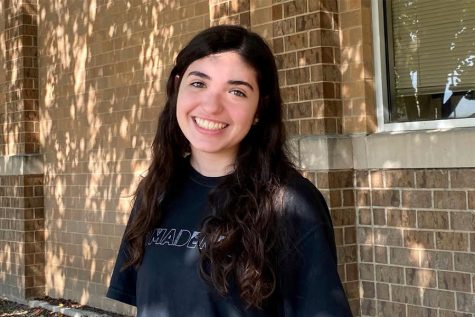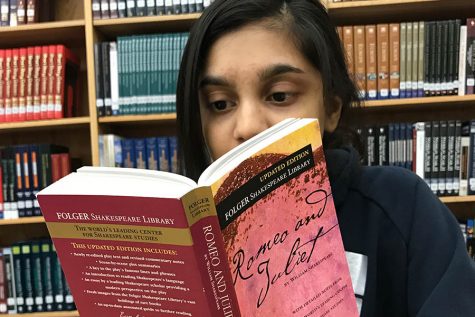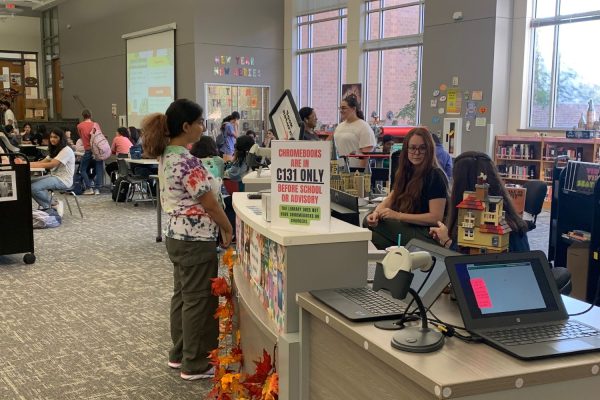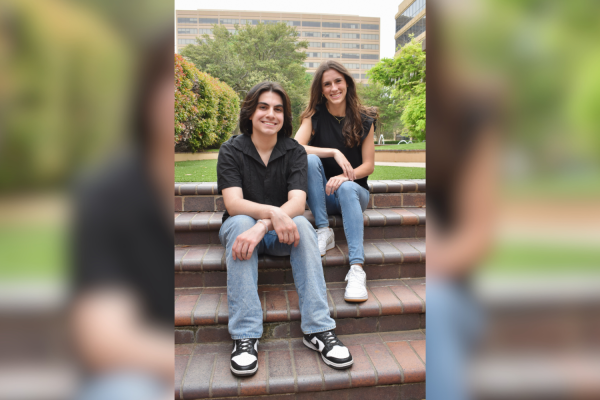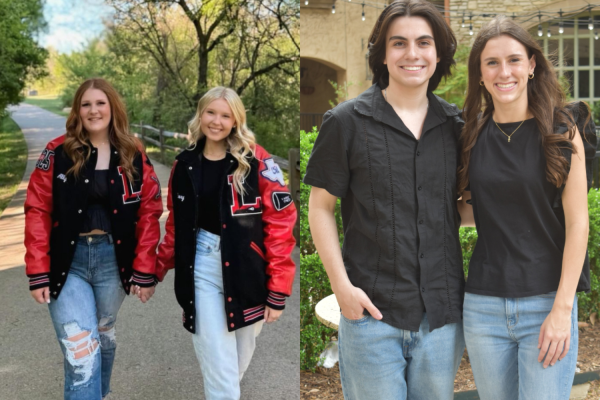Physics classes bring light to the classroom
Juniors Afaryn Jafarzadeh and Medha Gupta create a parallel circuit in their physics class. With the help of their group members, two batteries, a circuit, and a switch, students were able to light up a light bulb.
February 28, 2020
Starting their electricity unit, physics classes spent two classes, Tuesday through Friday, working with miniature light bulbs and wires to learn first hand about Ohm’s Law, and the difference between series and parallel circuits.
“The lab was for creating parallel circuits, and being able to solve for voltage, currents, and resistance using Ohm’s Law,” physics teacher Elizabeth Mokler said. “I think just having visualized it and seeing the success and feeling that dopamine hit of like, hey I made the lightbulbs, work was beneficial because that is not something that you get to do every day. So I’m hoping that people can rely back on the experience of like, when I connected this to this and in this correct pattern, it worked.”
For students like junior Donata Bova-Ford, the activity was enjoyable due to the materials and team effort.
“I enjoyed working with my fellow classmates, but especially with lightbulbs because lightbulbs are pretty cool, specifically when they’re really tiny. It just makes them cuter,” Bova-Ford said. “In this activity, you want the bulb to light up, and we did get it to work. Two batteries, a circuit, and a switch made the dream work.”
The change of pace allowed students to learn about circuits and currents with information they may carry into their adult lives.
“It’s very fun,” junior Sophia Alkire said. “I think it was a great team experience and we can learn how to light up lightbulbs and how different things affect how they work. So it is very useful for adult skills.”




